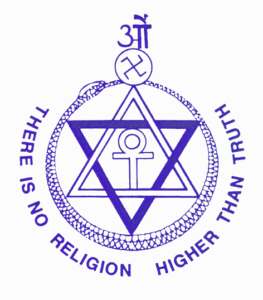Yogis, Magic and Deception – I
This post is an extract from a recent lecture at Treadwells Bookshop, entitled “Flying through the air, entering other bodies: Yoga and Magical Powers”. The lecture examined the relationship between yoga and magical or extraordinary abilities. When I began reading for the lecture, I was very familiar with the anti-Yoga views of 19th century scholars such as Max Muller or H.H. Wilson, but less so regarding how attitudes to yoga and yoga powers intersected with popular culture. So here is a brief examination of how yogic powers became associated with stage magic, duplicity and deception. Continue reading »

